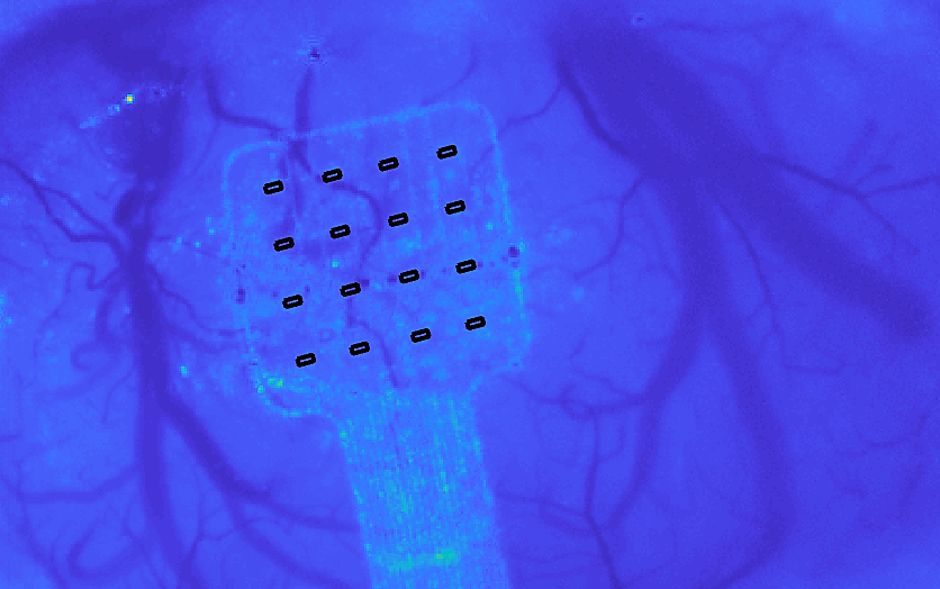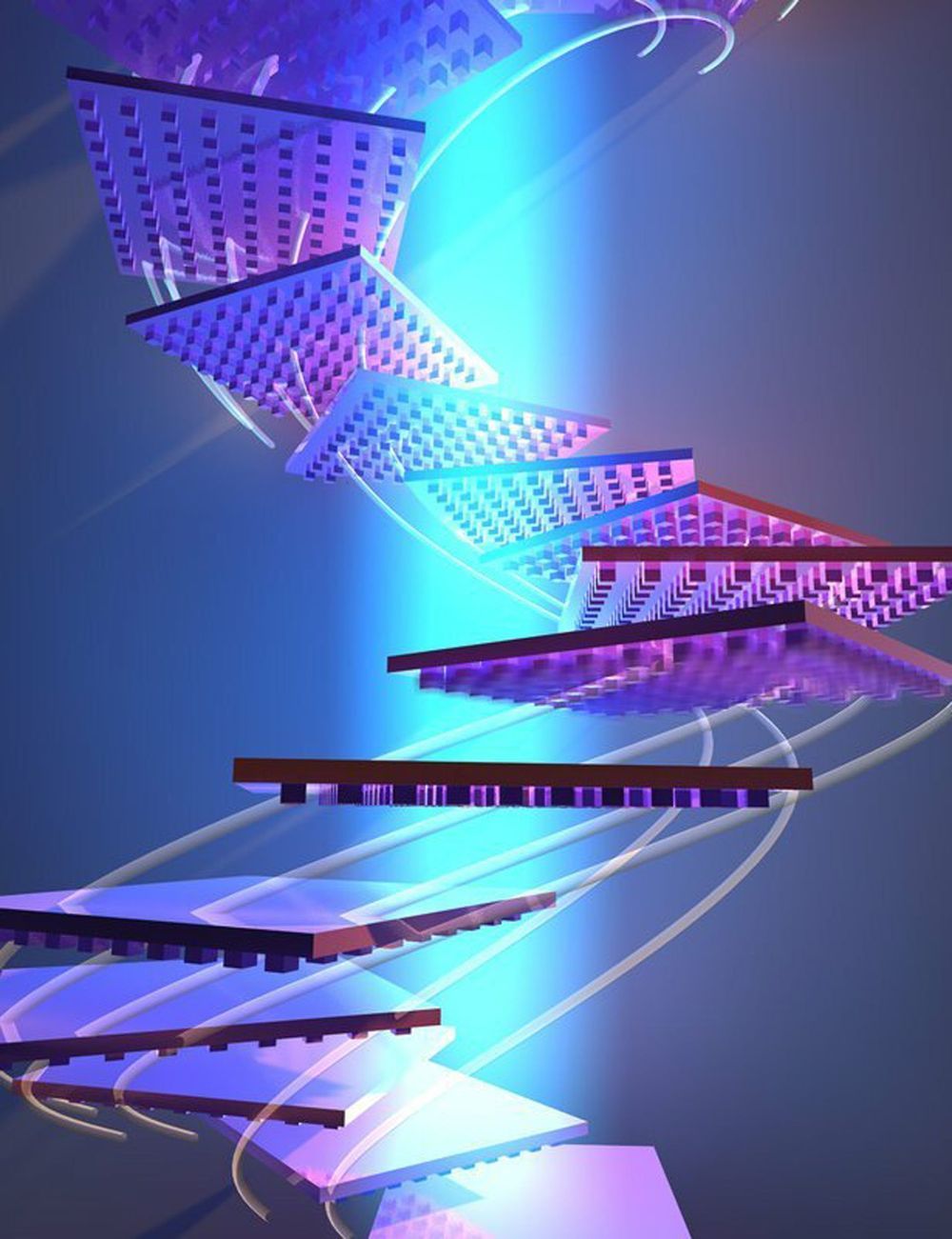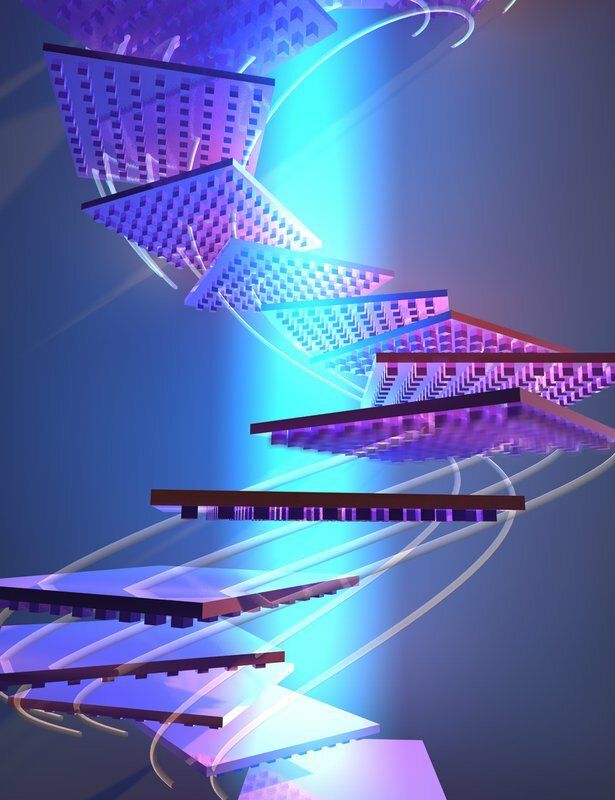A University of California Irvine student may have stumbled upon an invention to end your phone-charging woes for good. And that’s just the tip of the iceberg of where that could take us as a society. Forget about your phone; the world would be a different place without ever having to worry about replacing car batteries, and imagine the uses that it could have in space exploration. Technology is the ultimate wildcard.
A battery that lasts a whole lifetime is now one step closer to becoming a reality thanks to Mya Le Thai, a PhD student who’s been researching how to make better nanowire rechargeable batteries. In theory, her discovery could lead to a battery that lasts centuries—as long as 400 years.
She made the discovery while studying the properties of gold nanowire for commercial batteries. Typically, the gold filaments lose their integrity (and the battery dies) after 5,000 to 6,000 recharge cycles—“seven thousand at the most,” adds Reginald Penner, head of the chemistry department, who called Thai’s discovery “crazy.”







